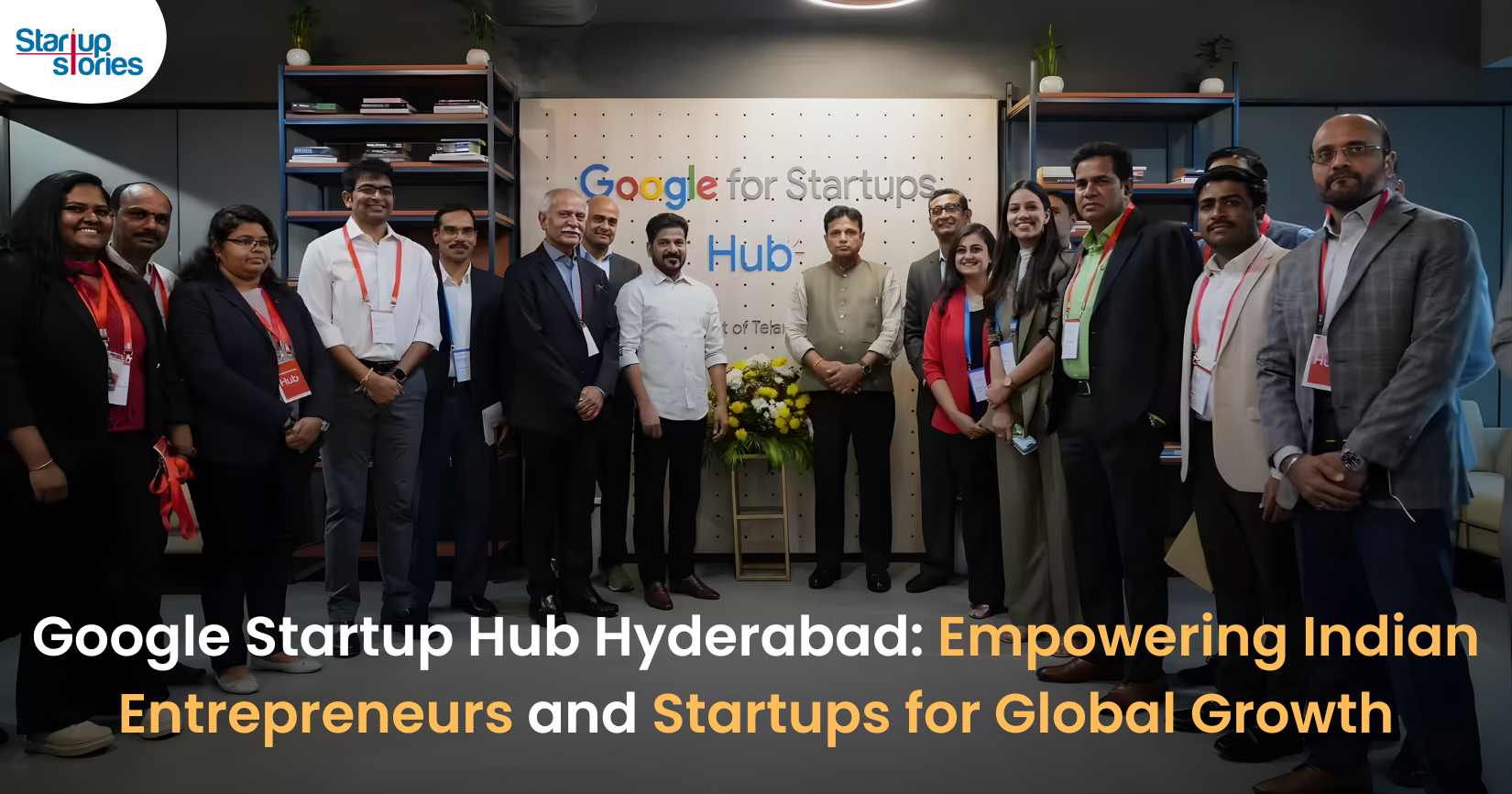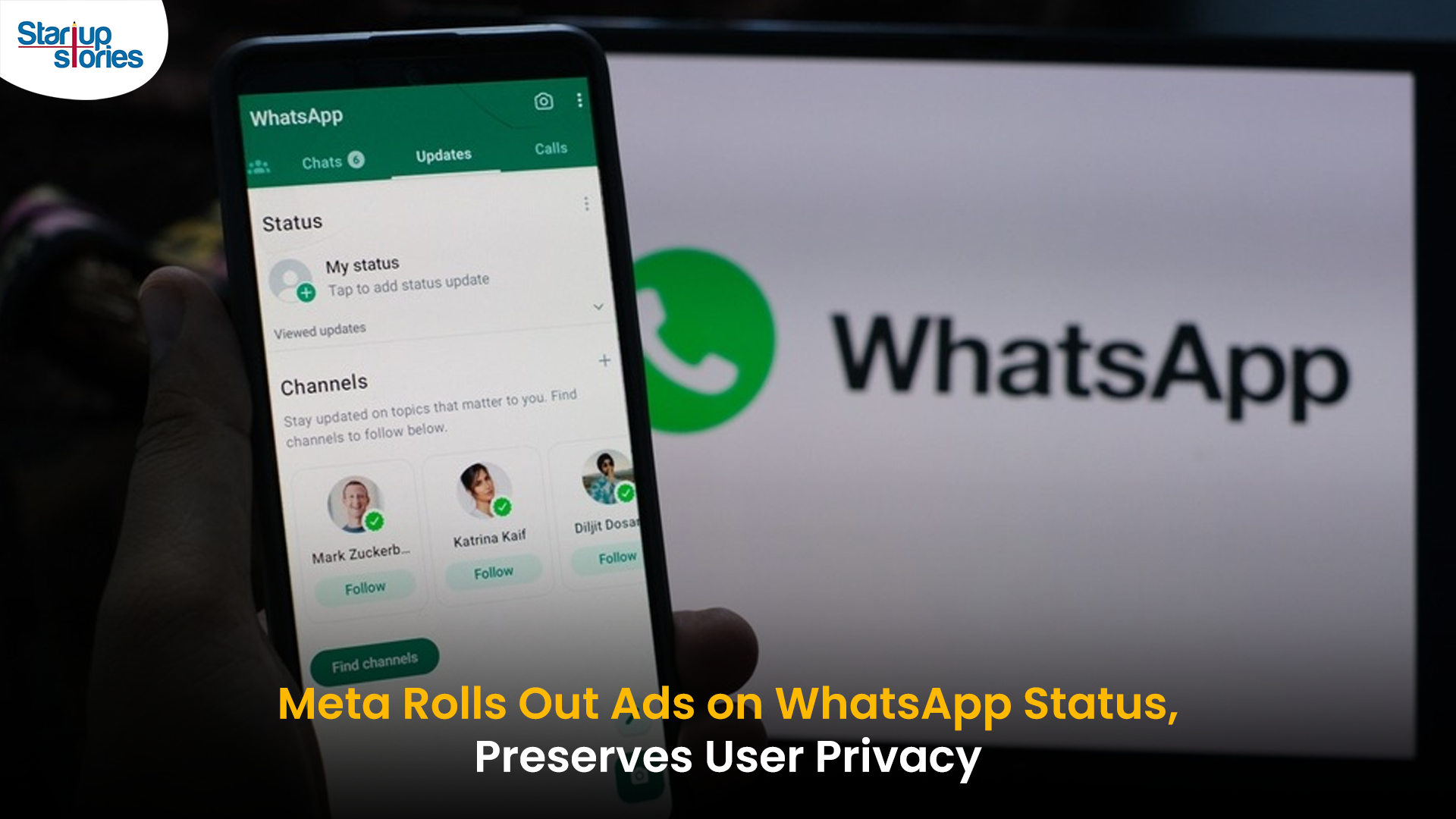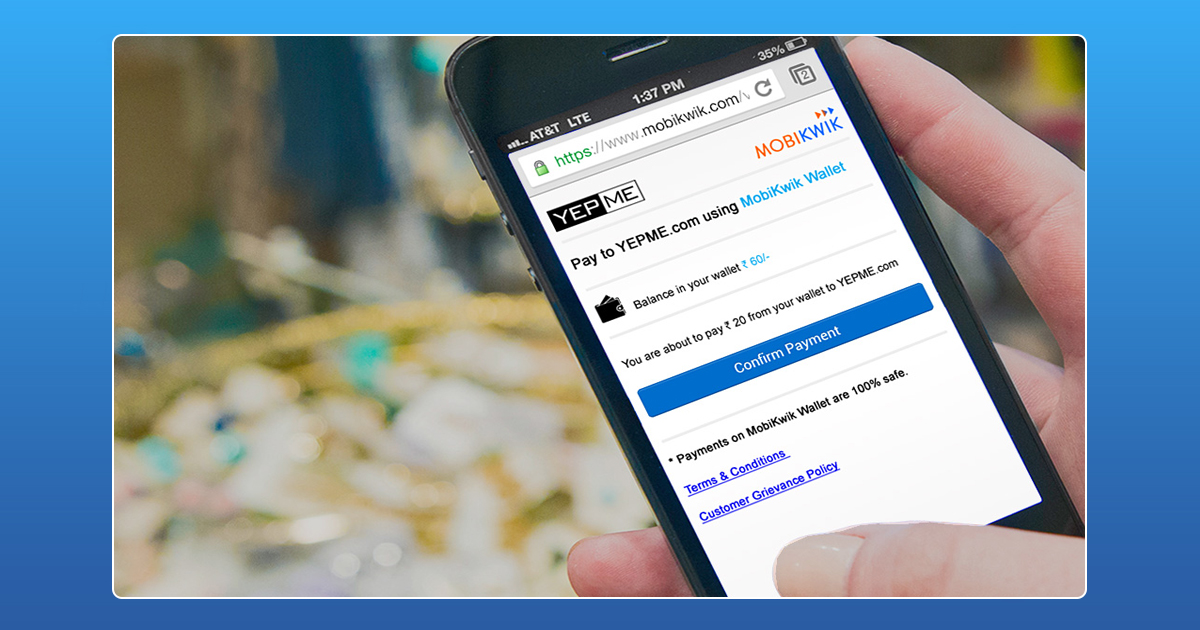Technology
Researchers Develop Internet Crystal Ball To Predict Heart Disease And Diabetes Risk

Scientific researchers have developed internet crystal ball to predict early symptoms of heart attack and also prevent the risk of diabetes. Internet crystal ball is a metabolic calculator that will predict the patient’s risk of developing heart attacks and diabetes. This process is far more accurate than that of the traditional methods.
This tool will indirectly prompt the patients to make certain changes in lifestyle that would spare them from suffering from the attack.
“This tells a patient, ‘On the risk spectrum you are here, and you are in a position where we are worried you are going to have a cardiovascular attack in the next 10 years’” says Mark DeBoer (who developed the metabolic crystal ball) from the University of Virginia in the US.
He also added saying that this hypothesis will give specific information about the risk so that the patients can understand and eventually be motivated to make some changes in their lifestyle.
These five factors are studied to predict the risk for cardiovascular disease and type 2 diabetes: Obesity, high blood pressure, high fasting blood sugar, low HDL (good) cholesterol and also high fasting triglycerides. Patients with abnormalities in any of these 3 are diagnosed and suggest that they have an elevated risk for future health problems.
This metabolic crystal ball was studied on more than 13,000 people and found that the tool was a better risk predictor. This could also be incorporated in the electronic medical record to calculate the risk and the same can be provided to the physician. The final outcome is to make the patient understand the risk and start taking some preventive steps.
News
Google Launches Startup Hub in Hyderabad to Boost India’s Innovation Ecosystem

Google has launched the Google Startup Hub Hyderabad, a major step in strengthening India’s dynamic startup ecosystem. This new initiative aims to empower entrepreneurs, innovators, and developers by giving them access to Google’s global expertise, mentoring programs, and advanced cloud technology. The hub reflects Google’s mission to fuel India’s digital transformation and promote innovation through the Google for Startups program.
Located in the heart of one of India’s top tech cities, the Google Startup Hub in Hyderabad will host mentorship sessions, training workshops, and networking events designed for early-stage startups. Founders will receive Google Cloud credits, expert guidance in AI, product development, and business scaling, and opportunities to collaborate with Google’s global mentors and investors. This ecosystem aims to help Indian startups grow faster and compete globally.
With Hyderabad already home to tech giants like Google, Microsoft, and Amazon, the launch of the Google Startup Hub Hyderabad further cements the city’s position as a leading innovation and technology hub in India. Backed by a strong talent pool and robust infrastructure, this hub is set to become a growth engine for next-generation startups, driving innovation from India to global markets.
Technology
Jio Unveils Cloud PC Service to Bring Affordable Computing to Indian Households

- Jio Platforms has launched JioPC, a cloud-based virtual desktop service that transforms any television connected to a Jio Set Top Box into a fully functional computer.
- Users simply connect a keyboard and mouse to access a desktop-like environment, complete with web browsing, productivity tools, and educational apps—all without needing a physical PC or extra hardware.
- The service is device-agnostic and works with all consumer PC brands, making advanced computing accessible and affordable for millions across India.
JioPC is designed to support a wide range of activities, from professional work to online learning and creative projects. By leveraging Jio’s robust cloud infrastructure, users can run even compute-intensive AI applications directly from their TV screens. The platform also ensures data security and reliability, as all files and settings are safely stored in the cloud, protecting users from data loss even if their device is reset or replaced.
With JioPC, Jio aims to democratize digital access and bring high-performance computing to Indian households at a fraction of the traditional cost. The service supports popular productivity suites like LibreOffice and Microsoft Office online, and Jio is offering a free trial to encourage users to experience the benefits firsthand. This innovative move is set to reshape how people in India work, learn, and connect in the digital age.
Technology
WhatsApp Introduces Ads in Updates Tab, Keeps Chats Ad-Free

Meta has officially begun rolling out ads on WhatsApp, ending over a decade of an ad-free experience since its acquisition in 2014. The advertisements will appear only in the Updates tab, specifically within the Status feature, which lets users share photos, videos, and text updates that disappear after 24 hours—similar to Instagram Stories.
Where Ads Will Appear
- Ads will be visible exclusively in the Status section of the Updates tab, keeping personal and group chats ad-free.
- Businesses can use these ads to encourage users to interact via WhatsApp messaging.
- Meta is also introducing paid channel subscriptions and promoted channels within the Updates tab, allowing users to access premium content and discover new channels more easily.
Privacy and Targeting
Meta has emphasized that private messages, calls, and group chats will remain end-to-end encrypted and free from advertising. Ads will be personalized using limited, non-sensitive data such as location, language, followed channels, and ad interactions. Users can further manage ad preferences if they link WhatsApp to Meta’s Accounts Center.
User and Business Impact
The move marks a major shift for WhatsApp, which has long resisted advertising to preserve a clean messaging experience. While some users have criticized the change, Meta sees this as a significant opportunity to monetize WhatsApp’s 3 billion users and over 200 million businesses on the platform.
In summary, WhatsApp’s new ads will be confined to the Updates tab, ensuring personal messaging remains private and uninterrupted, while opening new monetization avenues for Meta and businesses.













Purchase steroid
June 4, 2025 at 1:29 pm
As A Substitute, a SERM like Nolvadex can be utilized,
serving to to dam estrogenic exercise instantly within the breast tissue (8).
We have found this to be a preferable treatment, considering SERMs do
not exacerbate high blood pressure compared to AIs.
If a consumer has taken testosterone earlier than however not Anadrol,
this cycle can additional increase muscular power and hypertrophy.
In order to get well endogenous testosterone production, an aggressive PCT protocol ought to be administered.
This is particularly true if a user is stacking Anadrol with different anabolic steroids.
To enhance muscle retention post-cycle, our sufferers will utilize an effective post-cycle remedy and proceed coaching hard.
As Soon As an individual stops lifting weights, lean muscle positive aspects from
Anadrol will diminish. As you presumably can see, his muscle hypertrophy
has dramatically elevated since he started taking Anadrol and Deca Durabolin. He hasn’t gained any
notable quantity of fat, however his muscular tissues appear smoother and puffier due
to some water retention. 12.5 mg–25 mg is taken into account an efficient dose for girls wanting to expertise significant strength and muscle features on Anadrol.
25% of the one hundred mg group had their ALT/AST liver enzymes increase over 5-fold.
Regardless Of orals being more handy and simpler to take,
there are drawbacks to taking tablets, which might be detailed within the unwanted
effects section. We have seen customers add 30 kilos to
their bench press in the first 10 days on Anadrol.
A lot of athletes have reported reduction from extreme joint pain and even Tendonitis with an addition of a small dose of
Deca to their TRT dose of Testosterone. A single dosage isn’t enough after all,
as you need to go on the proper cycle to get the best outcomes.
An even simpler and shorter Deca and Dianabol stack can be adopted by beginners.
If the 400 mg a week is tolerated nicely, the consumer might even increase it to 600 milligrams per week.
The danger of androgenic unwanted effects, corresponding to hair loss,
zits, and prostate points, can be high. We have seen this cycle add giant quantities of dimension and energy in intermediate steroid users.
The addition of Anadrol will end in significant mass and
energy features.
You may want to add an aromatase inhibitor to the cycle because deca 300 pills reduce testosterone manufacturing.
When it comes to Deca, it aromatizes at simply 20% of the speed of testosterone.
However even that can be sufficient to trigger gynecomastia in someone who’s extraordinarily delicate to estrogenic unwanted effects.
Helps to easily plot the energetic compounds/peaks on a chart
to raised understand the influence of a steroid cycle.
Export/print your results in multiple codecs similar to Image/PDF/CSV/XLS and so forth This
calculator is a closely updated version of steroidcalc, which isn’t available
anymore over the web. Human physiology differs from individual to individual, regardless of how correct a
calculator is, it will never be one hundred pc accurate.
If you thought the earlier cycles sounded heavy, you’re in for a shock.
A testosterone enanthate and nandrolone decanoate cycle lasts an enormous 17
weeks. For the first 10, you’ll take 500mg of testosterone enanthate weekly – combined with
400mg of nandrolone decanoate (also weekly). Now it’s time to talk about the best newbie Purchase steroid cycles to electrify your workouts and cut back the impression of unwanted effects.
You are not putting hormones immediately into the physique with Win-Max; the consequences won’t
be as instantaneous or as powerful. Nonetheless, reaching over 80% of the result
with Win-Max, with the massive benefit of no opposed well being results, is more than potential.
Winstrol carries some well-known and fairly disturbing side effects.
These unwanted aspect effects, coupled with the potential complications to your
longer-term health, make Winstrol a high-risk option irrespective of who you
might be.
Thus, we consider it to be the least deleterious alternative for someone’s first cycle, in addition to performing as a base compound for
experienced bodybuilders stacking several compounds together.
By the Nineteen Seventies, Deca Durabolin had become one
of the commonly administered anabolic steroids (which
remains the case today). It was known to be cycled by bodybuilders through the
Golden Period (such as Arnold Schwarzenegger), frequently being stacked alongside Dianabol during bulking cycles.
” While this might be considerably true for some SARMs, RAD-140 just isn’t considered one of them. With Testolone, you must be prepared for the level of unwanted effects that you just would possibly count on with anabolic steroids. Mostly, this revolves around probably vital testosterone suppression. Ostarine is a good newbie SARM that allows reasonable muscle gains and simultaneous fats loss. Nonetheless, when it comes to feminine users, Ostarine is a good selection and delivers excellent features in muscle (not so much for males, who require a more potent anabolic).
Steroids are additionally recognized to increase blood strain, this added danger might lead to potentially severe issues like a coronary heart assault. Like the newbie cycle, the intermediate cycle incorporates Testosterone Enanthate or Cypionate as its base. Weekly dosages can be increased up to 500mg, cut up into 2 injections a week, for a period of up to 12 weeks. When it involves anabolic steroids, women are notably extra delicate to their hormonal effects, requiring a more cautious strategy to cycle planning. Male bodybuilders often go for testosterone-based cycles, like Testosterone Enanthate or Testosterone Cypionate, to boost muscle mass and energy. Yes, anabolic steroids can have notable immunosuppressive results in medical research (6).
Steroids For Building Muscle Fast
June 7, 2025 at 12:22 am
We have had patients who took steroids and did not prepare, they usually constructed
muscle and burned fat regardless of being sedentary. However, their outcomes are notably less compared to customers who mix steroids with weightlifting.
Clenbuterol is sometimes incorrectly referred to as a cutting steroid due to
its anabolic effects, at least in research. Nonetheless, clenbuterol’s most potent trait, in our experience, is its
metabolic results. Winstrol’s results are much like Anavar’s,
permitting users to reduce fat mass whereas including moderate quantities of muscle tissue.
It isn’t administered by itself, as it reduces androgenicity, potentially inflicting sexual
unwanted effects, including impotence. Due To This Fact,
it is typically stacked with Anadrol, testosterone, or trenbolone.
You can discover one of the best legal steroid for varied purposes, corresponding to
bulking up, slicing, and strength-building. I recently tried TestoPrime, a dietary complement
claimed to help testosterone manufacturing and muscle development.
I took the beneficial dosage of 4 capsules per day for a month.
At first, I did not notice much difference, however after about a week, I began to feel more energetic and seen an enchancment in my muscle size and
strength.
Nevertheless, a popular chopping stack consists of Clenbutrol, Winstol, and Anvarol (alternative to Clenbuterol,
Winstrol, and Anavar cycles). Testo-Max is a bodybuilding supplement
that enhances pure ranges of testosterone for the achieve of added muscle,
strength, and efficiency. Ultimate Perspective While these compounds may be effective for slicing, they carry significant risks and authorized implications.
Many athletes now achieve spectacular results using legal alternate
options that aim to supply comparable advantages while prioritizing long-term
health and staying inside authorized boundaries.
Stacking is highly recommended that will help you get the
most out of your efforts. This means utilizing a bunch of legal different steroid
pills to boost your performance.
It is necessary to do not overlook that the FDA does not approve authorized steroids for bodybuilding or performance
enhancement, and it is at all times greatest to verify with
a doctor earlier than using any supplement. These safe choices might help you build
muscle and improve your performance—without the risks or legal problems of unlawful steroids.
The final oral anabolic steroid on this List is the very potent anabolic drug Anadrol,
which is understood to provide nice muscle mass and energy gains.
Designed for fast muscle achieve and power building, bulking steroids are cycled to get essentially the most out of mass positive
aspects. Most of the bodybuilders prefer to not use the power of Deca Durabolin individually and
stack it different potent steroids to maximise the features.
However, Deca performs its own role within the stack as well to for muscle building and endurance features.
Anabolic steroids can enhance muscle power and reduce body
fats, but they’ve risks.
This is the result of exponential will increase in dihydrotestosterone (DHT) ranges.
The bodybuilding neighborhood refers to Anavar as
a slicing steroid generally cycled throughout competition preparation. Anavar has
anabolic effects; nevertheless, such properties are mild in comparability with bulking steroids.
This is as a result of their our bodies haven’t previously experienced such ranges of anabolism or protein synthesis.
Consequently, a primary cycle ends in swift and important
adjustments in physique composition. Nevertheless,
the preliminary cycle may be the most deleterious
due to customers not but growing a tolerance to such toxic
compounds.
But, they cross by way of your liver earlier than getting into your bloodstream.
In the case of novices, a wisely used Testosterone cycle can improve more than 20 lbs of lean muscle mass.
Testosterone will increase your energy and muscle gains
considerably. MK-677’s mass-building effects emerge extra gradually,
as GH and IGF-1 ranges accumulate and tissue restoration improves over weeks.
Most users report seen physique modifications round weeks 4–6, with improved fullness, vascularity, and denser muscle tone.
It mimics the consequences of ghrelin and elevates pure
growth hormone and IGF-1 ranges, improving tissue
regeneration, muscle development, and fat oxidation—without hormone suppression. It improves
protein synthesis and nitrogen retention while selling joint well
being.
Orals, nonetheless, are only taken in short cycles because of raised ALT (alanine aminotransferase) and AST (aspartate
transaminase) liver enzymes, signifying hepatic stress. A Deca-Durabolin cycle can final from 8 to 12 weeks relying in your goals and
experience. Deca-Durabolin is usually stacked with different steroids like Testosterone to maximize its advantages.
It is also extremely beneficial to use different anabolic steroids similar to
Trenbolone and Deca Durobolin in a stack as combines that add power, endurance and
that swole effect into the equation. Winstrol may also cause
testosterone levels to close down because of injury to the HPTA axis.
I began taking the Ultimate Stack as directed, alongside my traditional workout routine and diet.
I felt stronger and extra energized and seen a particular improve in muscle mass.
The stack employs six totally different dietary supplements, all taken simultaneously
at appropriate occasions, to allow for holistic muscle growth while guaranteeing you’ve the vitality to push
through this progress. The Ultimate Stack by
CrazyBulk has emerged as the top contender on the
record of the most effective legal Steroids For Building Muscle Fast out there available
on the market. If you need to get greater and stronger but do
not wish to use unlawful merchandise, there are some legal choices that can help.
HVAC Jacksonville FL
September 29, 2025 at 9:57 pm
Thanks for your posting. One other thing is that if you are advertising your property alone, one of the troubles you need to be mindful of upfront is just how to deal with home inspection accounts. As a FSBO retailer, the key to successfully transferring your property plus saving money about real estate agent profits is awareness. The more you realize, the smoother your home sales effort will be. One area that this is particularly crucial is information about home inspections.
Canadian high payout casinos
October 1, 2025 at 8:57 am
I’ve been browsing on-line more than three hours these days, but I never found any interesting article like yours. It is pretty value enough for me. Personally, if all website owners and bloggers made good content material as you did, the internet will probably be much more helpful than ever before.
Save Max Auto LLC
October 11, 2025 at 3:10 pm
It?s actually a cool and helpful piece of info. I?m happy that you simply shared this helpful information with us. Please keep us informed like this. Thank you for sharing.
vita notturna a Piacenza
October 17, 2025 at 9:35 am
Once I originally commented I clicked the -Notify me when new comments are added- checkbox and now every time a remark is added I get 4 emails with the same comment. Is there any approach you’ll be able to remove me from that service? Thanks!
stiffinasia facial or cumshot sexy thai babe
October 18, 2025 at 10:04 pm
great points altogether, you simply won a new reader. What would you recommend in regards to your submit that you simply made a few days in the past? Any positive?
หลุดเจ๊ต้องอุบล สาวใหญ่
October 28, 2025 at 9:03 pm
Many thanks for your post. I’d prefer to say that the price of car insurance varies from one coverage to another, mainly because there are so many different issues which play a role in the overall cost. Such as, the make and model of the vehicle will have an enormous bearing on the fee. A reliable ancient family automobile will have an inexpensive premium compared to a flashy expensive car.
flumberico official website
October 28, 2025 at 9:33 pm
What i don’t understood is in fact how you’re not actually much more smartly-favored than you might be now. You are very intelligent. You recognize therefore considerably on the subject of this subject, produced me in my view imagine it from a lot of numerous angles. Its like men and women are not involved except it?s something to do with Woman gaga! Your individual stuffs outstanding. Always deal with it up!
yohunxxx
October 29, 2025 at 9:11 pm
Good day I am so delighted I found your web site, I really found you by accident, while I was researching on Digg for something else, Anyhow I am here now and would just like to say many thanks for a tremendous post and a all round enjoyable blog (I also love the theme/design), I don’t have time to go through it all at the moment but I have saved it and also added in your RSS feeds, so when I have time I will be back to read a great deal more, Please do keep up the great work.
FragranceX.com
November 1, 2025 at 10:17 pm
I loved up to you will receive carried out proper here. The comic strip is attractive, your authored subject matter stylish. nevertheless, you command get got an impatience over that you wish be turning in the following. ill surely come more formerly once more as exactly the similar nearly a lot regularly inside of case you protect this increase.
MM88
November 5, 2025 at 6:00 pm
Khám phá thế giới giải trí trực tuyến đỉnh cao tại MM88, nơi mang đến những trải nghiệm cá cược thể thao và casino sống động.
GO88
November 6, 2025 at 12:29 am
Tham gia cộng đồng game thủ tại Go88 để trải nghiệm các trò chơi bài, poker phổ biến nhất hiện nay.
谷歌外推
November 9, 2025 at 8:07 am
采用高效谷歌外推策略,快速提升网站在搜索引擎中的可见性与权重。谷歌外推
iwin
November 11, 2025 at 8:41 am
iwin – nền tảng game bài đổi thưởng uy tín, nơi bạn có thể thử vận may và tận hưởng nhiều tựa game hấp
J88
November 12, 2025 at 12:45 pm
Đến với J88, bạn sẽ được trải nghiệm dịch vụ cá cược chuyên nghiệp cùng hàng ngàn sự kiện khuyến mãi độc quyền.
站群程序
November 13, 2025 at 2:00 pm
搭载智能站群程序,自动化搭建与管理,为SEO项目提供核心驱动力。站群程序
MM88
November 23, 2025 at 2:55 pm
Với giao diện mượt mà và ưu đãi hấp dẫn, MM88 là lựa chọn lý tưởng cho các tín đồ giải trí trực tuyến.